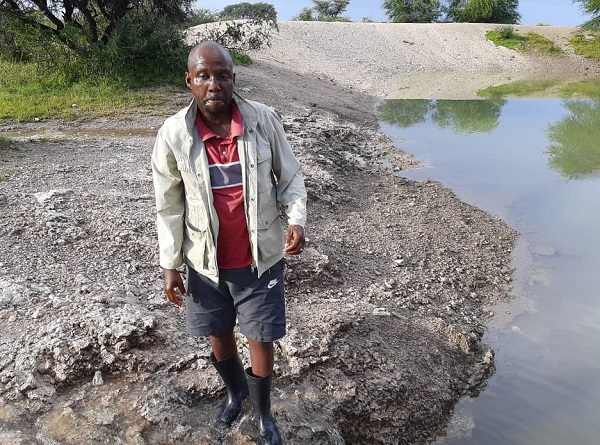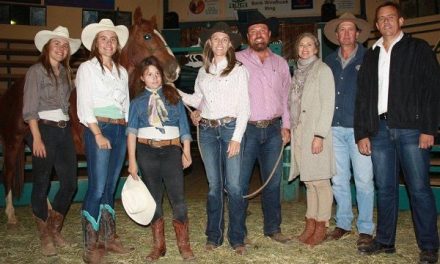
Farmers in two minds over predictions of more rain

By Clifton Movirongo.
Many farmers are rejoicing over the spate of good rains Namibia has received since late December, but there are still numerous others who have been passed over by the rain fairy so far.
Both subsistence and commercial farmers who reside in the northeastern, central and southern parts of Namibia are elated over the rain which so far has been evidently above-normal rainfall.
Speaking to the Economist, Ryno Kapuuo, a subsistence farmer from the Steinhausen district confirmed that his area received good rains over the last two weeks, which he described as a boost and an uplift.
“We have so far recorded about 120 mm of rainfall in the past two weeks and we are expecting more rain as the rainy season has only begun. Most farmers are now busy in their fields as they started ploughing and sowing so that during the dry season they can have sufficient supplementary fodder stocked for their herds,” said Kapuuo.
He said that during this time of the year calving rate for cattle is high, adding that farmers often need to saddle their horses and ride in search of cattle that are calving far in the veld to bring them closer to the nearby camps to ward off predators from preying on newborn calves.
Nevertheless, heavy rainfall is also accompanied with challenges which affects farmers, and Kapuuo complained that he lost five head of cattle that were struck in a storm as a result of intense thunder and lightning on his farm.
“Another challenge that we are experiencing is that the roads leading to our farms are wet and slippery, with potholes. This makes it difficult for farmers who do not have 4×4 bakkies to make it to their farms, but above all I believe we will have a productive year,” he added.
Meanwhile, the Treasurer General of the Namibia National Farmers Union (NNFU) and chairperson of the Northern Communal Area, Amon Kapi (pictured), has urged the government to construct more reservoirs to  contain rainwater and to renovate abattoirs in the Kunene region as he said there is no formal marketing and auctioning of livestock in the Kaokoland at the moment.
contain rainwater and to renovate abattoirs in the Kunene region as he said there is no formal marketing and auctioning of livestock in the Kaokoland at the moment.
He said this is due to the country’s struggle with the outbreak of Foot and Mouth Disease that emerged in the Oshikoto region last year which led to restrictions on the movement of livestock in the Northern Communal Area.
Talking about prospects for the immediate future, Kapi said “At present we did not receive any rain in the northwestern parts of the country but farmers are prepared for the rain when it comes and we are following the weather reports, although many boreholes are dry. Most people in Kaokoland started practicing the trend of gardening and crop farming in these parts as previously we dealt with drought for a long time,” Kapi said.
“Notwithstanding, livestock farmers are always mobile and constantly in search of better grazing and water points as the struggle continues and survival instincts kick in,” he concluded.
Ryno Kapuuo farms in the Steinhausen district. To date he has received more than 120 mm rain.














































